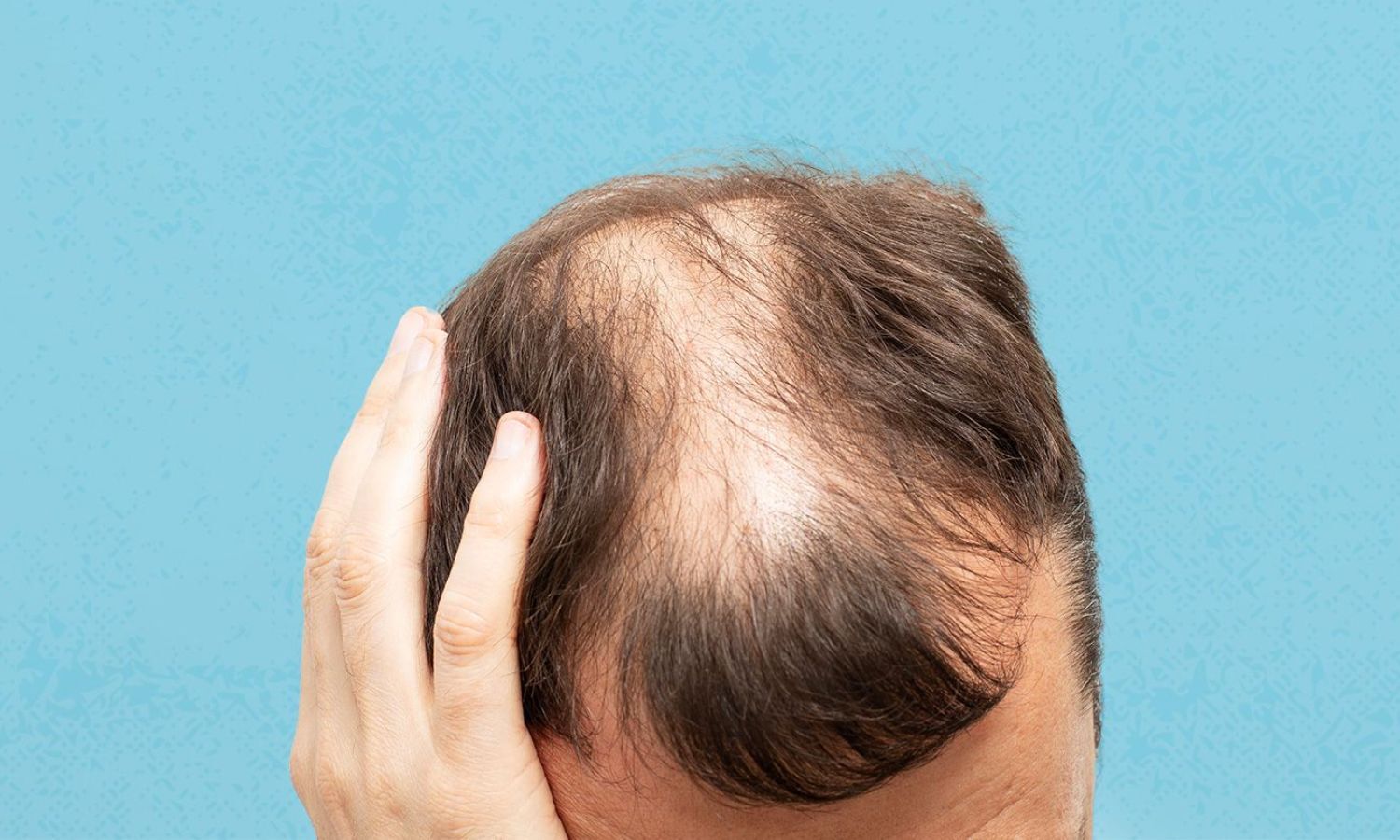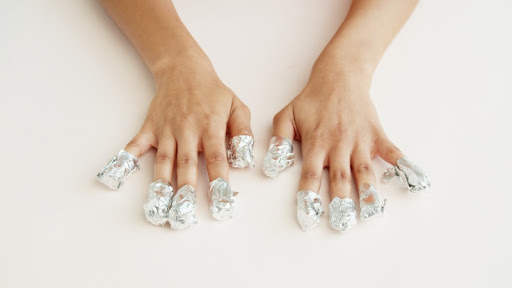You might associate hair transplants with restoring a receding hairline or filling in a thinning crown – but what if those same principles could be applied to less typical areas, like your eyebrows or beard? At TrueVantis, we champion the unconventional and the transformative – and hair restoration is no exception.
In this guest post, we’ll explore how advances in hair transplant techniques are enabling successful outcomes in areas you might never have expected. Whether it’s defining your brows or filling out your beard, these treatments go beyond aesthetics; they shape identity.
1. Unconventional, But Effective – Expanding the Transplant Canvas
Hair transplant technology has matured far beyond scalp restoration. The core method of harvesting healthy follicles and strategically placing them remains consistent. But when applied to other facial or head regions, the technique opens up a world of possibilities.
These include:
- Eyebrows: Restoring symmetry, shape, or density.
- Beard and Moustache: Building fullness in patchy or thin areas.
- Scalp Scar Repairs: Filling in scar tissue that cannot grow hair on its own.
- Eyelash Transplants: Adding definition and volume to lashes – less common, but still practised.
Each area requires a nuanced plan tailored to hair angle, growth cycle, and density needs. In skilled hands, these transplants achieve natural, subtle results that enhance your features, not overshadow them.
2. Eyebrows – Framing Your Face With Precision
Eyebrows are critical to facial expression – they communicate emotion, shape your overall look, and even affect how your expressions are interpreted by others. But over-plucking, genetics, or medical conditions like alopecia can lead to sparse brows, asymmetry, or total loss.
How It Works:
- Harvesting: Follicles are removed from a donor site (typically the scalp) using FUE techniques.
- Precision Placement: Brows grow in a particular direction, angle, and density. Every graft is placed under a high-magnification microscope for optimal orientation.
- Natural Outcome: The hair blends seamlessly with your facial structure, and over time, the transplanted hair can be trimmed just like normal brow hair.
A well-done eyebrow hair transplant enhances your expressions and gives your face a renewed, balanced contour.
3. Beard and Moustache – Sculpting Identity With Follicles
For many individuals – whether due to patchy genetics, scarring, or hormonal issues, a full, even beard or moustache feels out of reach. That’s where eyebrow and beard hair transplant procedures can be life-changing.
What Makes It Different:
- Matching Growth Patterns: Unlike scalp hair, facial hair grows in coarse, distinct directions. Transplant specialists carefully align new follicles to mimic natural beard growth.
- Density Control: You want coverage without a thick, plastic appearance. Experienced clinics tailor density to match your facial hair pattern – whether a stubble shadow or full beard is your goal.
- Subtle Impact, Strong Identity: Facial hair is often tied to masculinity, style, and identity. Restoring it thoughtfully can influence how you feel and how others perceive you.
Patience is key. Initial growth may be wiry or thin, but over several months, the texture improves and blends with your natural hair.
4. Scar Restoration – Closing a Chapter with New Follicles
Scars, whether from surgery, injury, or burns, often lack viable follicles. Traditional restoration methods like camouflage tattooing or scalp micropigmentation offer illusions, but hair grafts can provide real regeneration.
The Advantage:
- Texture and Variation: Hair growing through a healed scar looks and moves like natural hair. It adds a tangible dimension, not just pigment.
- Seamless Integration: Skilled surgeons place follicles with attention to scar tissue’s unique blood supply and skin texture.
- Emotional Renewal: Restoring hair over a scar can transform how you view that part of yourself; scars become history, not headlines.
Scar restoration is particularly meaningful when placed in visible areas like the hairline or within facial contours.
5. Eyelashes – The Delicate Fringe of Expression
Though less common, eyelash transplants exist – and they’re on the cutting edge of hair restoration innovation. If your lashes are sparse due to trauma or congenital conditions, this procedure can restore a frame to your eyes.
How It Works:
- Minute Graft Transfers: Using ultra-fine tools, technicians place individual follicles along the lash line, angled downward to mimic eyelash growth.
- Post-Op Styling: Initially delicate, the lashes are trimmed and shaped during recovery to create a polished, thoughtful look.
- Makeup Adjustment: You may need to adjust how you apply mascara or liners; your lashes will likely require a different approach during regrowth.
This procedure is niche, but when executed carefully, it redefines the expressive power of your eyes.
6. Choosing the Right Clinic: Quality Makes All the Difference
Regardless of the transplant area – brows, beard, scar, or lashes, success hinges on precision. You want an expert hair restoration clinic that understands regional anatomy, uses advanced tools, and prioritises natural growth patterns and density.
Key indicators of a top-quality provider include:
- Micro-level precision tools for graft placement.
- Depth of experience in varied facial transplant zones.
- Comprehensive consultations that review the lifespan of transplanted follicles in each area.
- Transparent recovery plans, including grooming and styling protocols during regrowth.
When anatomy meets artistry, results go far beyond coverage; they redefine confidence, comfort, and self-expression.
7. Recovery – Unique to Each Region
Each of these hair transplant areas comes with its recovery rhythm:
- Eyebrows: Expect light redness and scabbing for the first week. Gonna-shed phase begins around week 3.
- Beard: Swelling or tightness is common early on; hair may initially grow in patches, so styling and trimming help polish the transition.
- Scars: Healing speed depends on scar tissue type; graft survival is best with good vascular supply.
- Eyelashes: Require extra caution – avoid rubbing eyes and use ophthalmologist-approved saline solutions during early recovery.
Patience pays off. Full maturation can take anywhere from 6 to 12 months, depending on the area and your healing pace.
8. Why This Matters
Here’s where the science meets human storytelling. These non-scalp transplants aren’t just cosmetic – they’re regenerative. You’re reclaiming parts of your visual identity that matter to you, whether that’s the intensity in your eyes, the definition of your jaw, or the symmetry of your gaze.
Every hair counts. And having the resource of Bloom Hair Transplant, a clinic with multidisciplinary experience in less common transplants, means you’re partnering with a team that understands not just the anatomy, but the emotion of these areas.
9. Before You Book: Smart Steps Forward
If any of these possibilities resonate with you, start here:
- Research clinics with diverse graft experience: don’t limit yourself to scalp-only providers.
- Consult virtually or in person to review portfolio images that mirror your concerns.
- Ask about donor zones (does your scalp have enough hair to support multi-regional transplants?).
- Clarify follow-up grooming guidance – you’re not just growing hair; you’re crafting a look.
In each consultation, note how they approach your uniqueness—not just with tools, but with intention.
Hair Where You Need It Most
From defining your brows to sculpting your facial hair or closing the chapter on visible scars—hair transplants are evolving beyond expectations.
If you’ve considered regaining facial confidence in more specialised or surprising ways, know that the technology exists, and the artistry can match your vision.
Your hair is more than strands – it’s the frame through which you see and are seen. Invest wisely, explore boldly, and let the right follicles reshape how you face the world.

